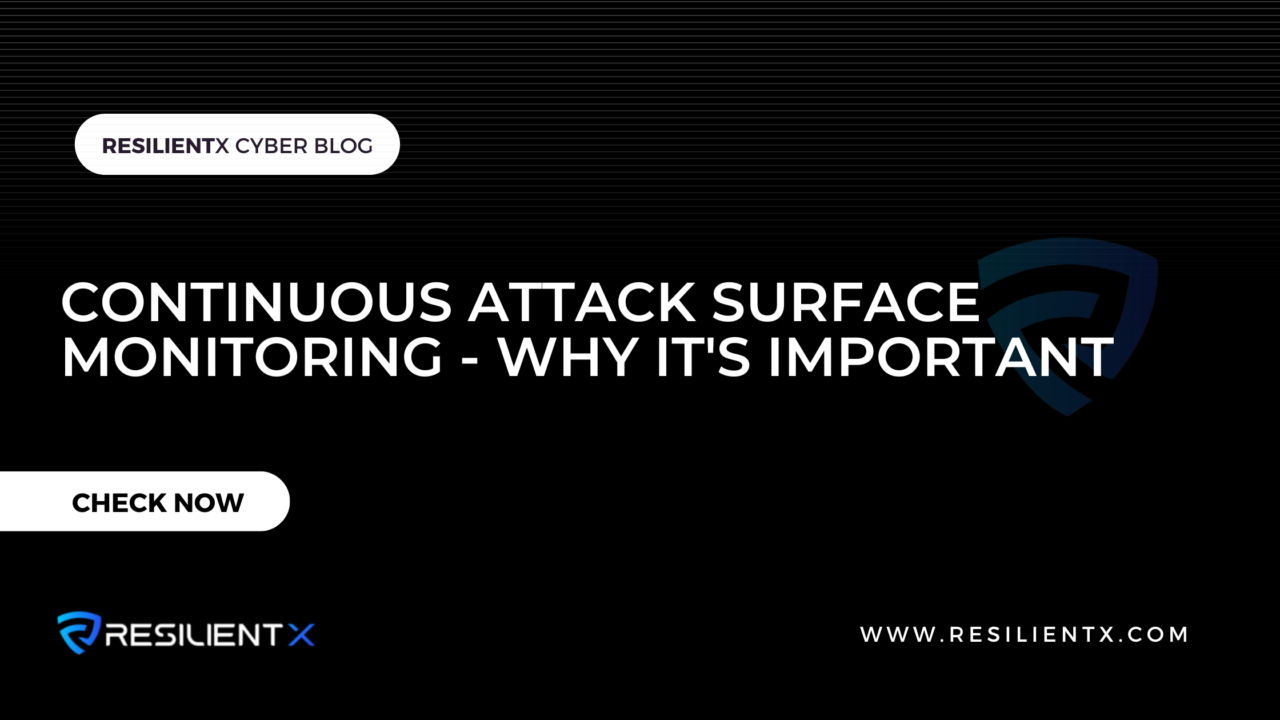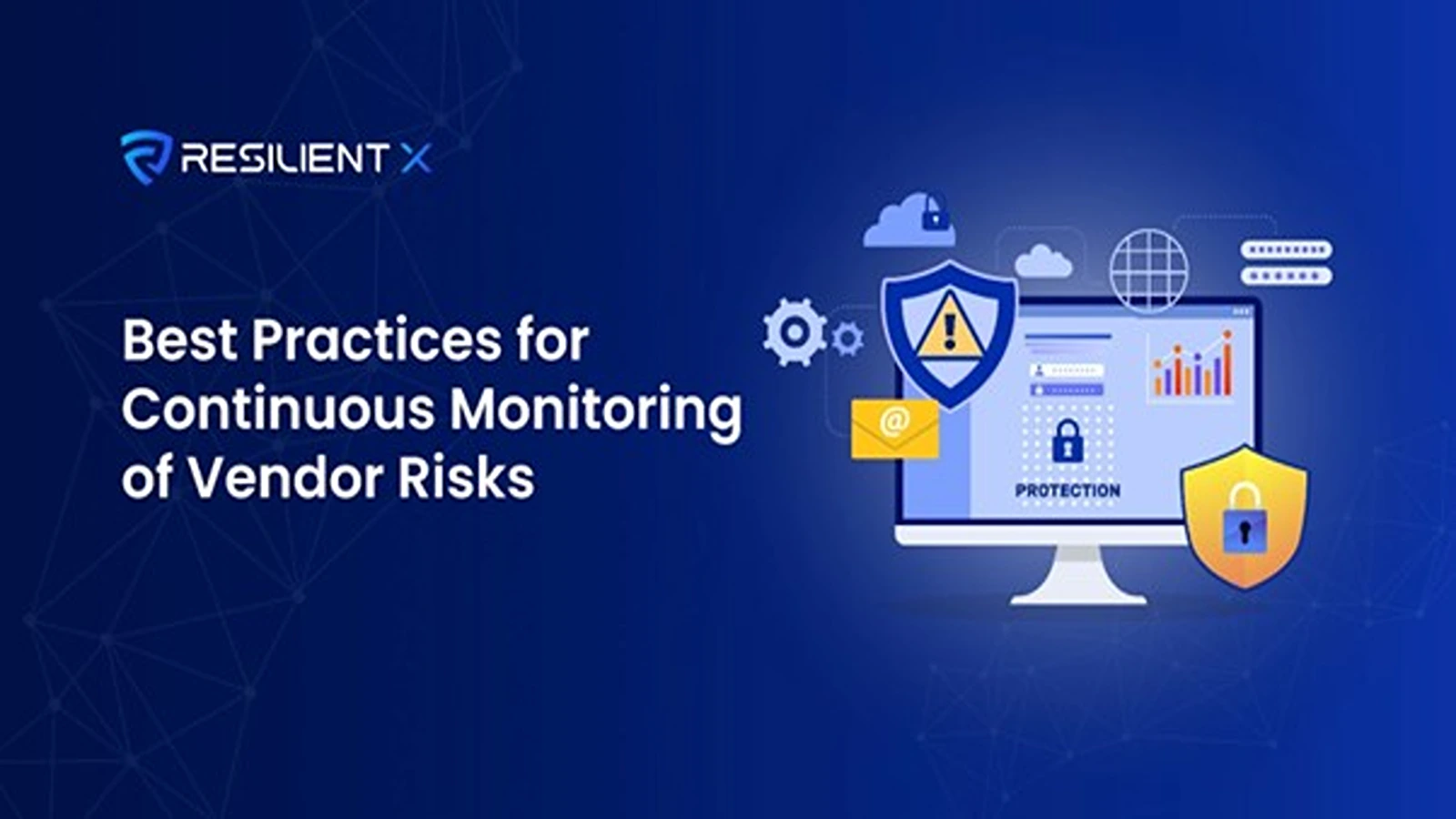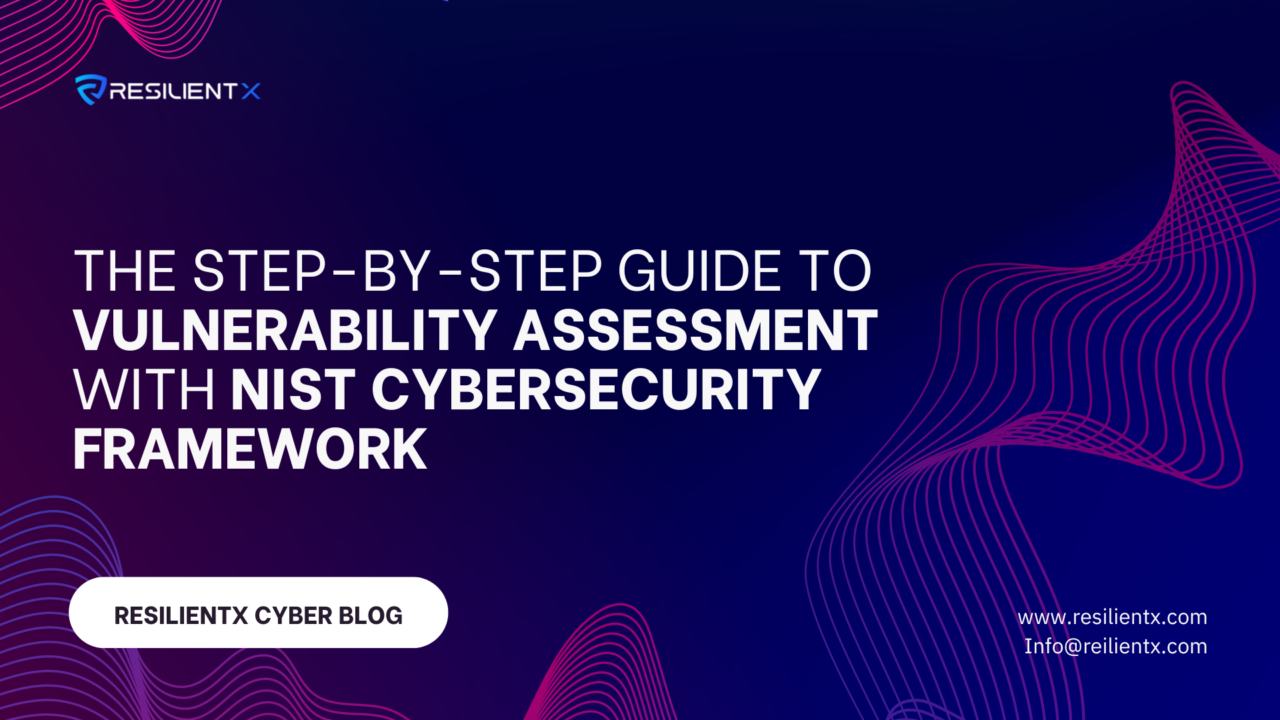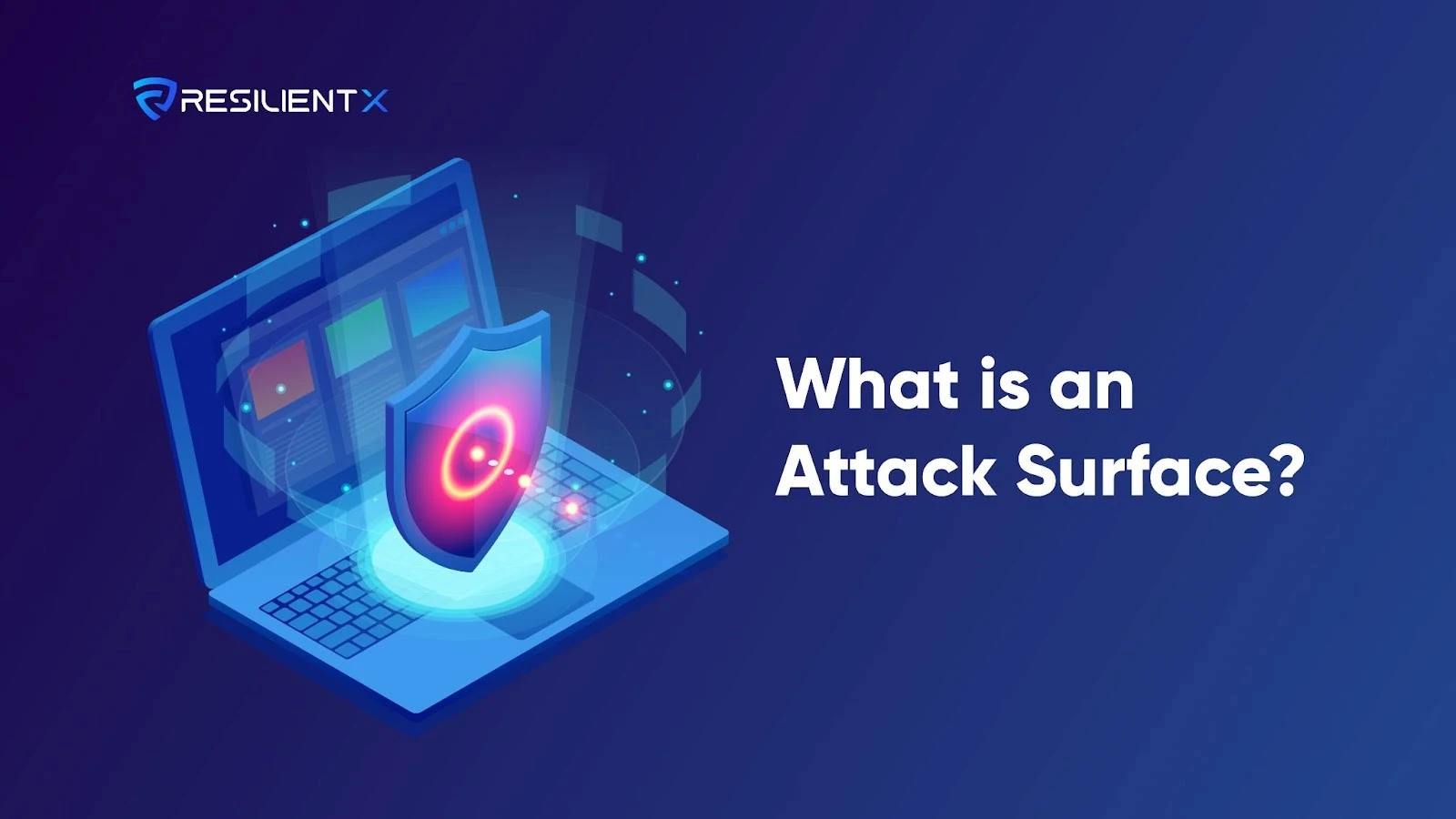
Continuous Attack surface monitoring (CASM) is the central principle of attack surface management. It includes obtaining real-time information about vulnerabilities, pain points and misconfigurations of any systems that make up the attack surface. Attack surface management tools provide real-time attack surface analysis and vulnerability management. They prevent failures in security controls and reduce the risk of data leaks and data breaches.
Continuous Attack Surface Monitoring or Traditional Scanning Tools?
While legacy solutions may not be able to detect unknown, unauthorized, or external resources, a modern attack surface management solution mimics their toolbox. By adopting an attacker’s mindset and mimicking their toolbox, organizations can better see all potential attack vectors.
This allows them to take targeted actions to improve security. They do this by reducing the risk associated with certain assets or by reducing the attack surface.
Continuous Attack Surface Monitoring (CASM) is the first step toward security
CASM enables organizations to discover and track potential threat targets, reducing risk and reducing the attack surface. However, CASM extends these capabilities by continuously monitoring the attack surface in real time for suspicious anomalies. By adopting a more reactive approach to risk management, supply chain security and digital attack surface management it can be easily transformed into automated, real-time processes. This enables experts to take a more proactive approach to cybersecurity.
When Should an Organisation Invest in Continuous Attack Surface Monitoring Solutions?
Organizations today must apply best practices such as continuous attack surface monitoring to protect their environments. To address these challenges, organizations need to provide comprehensive visibility and continuous monitoring. This mitigates or manages risks before attackers discover them. The only way to effectively defend against attacks is to use an Attack Surface Management approach that provides the same constant visibility. This way, security teams can continuously monitor their infrastructure to find and fix security vulnerabilities before attackers launch attacks. Best practices are always suggesting to adopt an ASM Solution before having any cyber attacks.
For enterprises, Attack Surface Management solutions are becoming increasingly essential, as they have a large attack surface that includes a diverse range of digital assets, such as servers, cloud-based systems, and IoT devices. By implementing an ASM solution, enterprises can proactively identify and mitigate potential vulnerabilities before they can be exploited by attackers.
Similarly, SMBs are also adopting Attack Surface Management solutions to enhance their cyber security posture. SMBs often have limited resources and a smaller IT staff, making it difficult to manage their attack surface effectively. With the help of ASM solutions, SMBs can monitor their digital assets for potential vulnerabilities and prioritize their security efforts accordingly.
One of the benefits of Attack Surface Management solutions is that they provide organizations with real-time visibility into their attack surface, allowing them to quickly respond to emerging threats. ASM solutions also automate many of the manual processes associated with threat management, such as identifying potential vulnerabilities and tracking patch updates, freeing up IT staff to focus on more strategic initiatives.
In conclusion, both enterprises and SMBs are increasingly recognizing the importance of adopting Attack Surface Management solutions as a way to secure their digital assets. With the help of these solutions, organizations can monitor their attack surface, identify and mitigate potential vulnerabilities, and improve their overall security posture.



